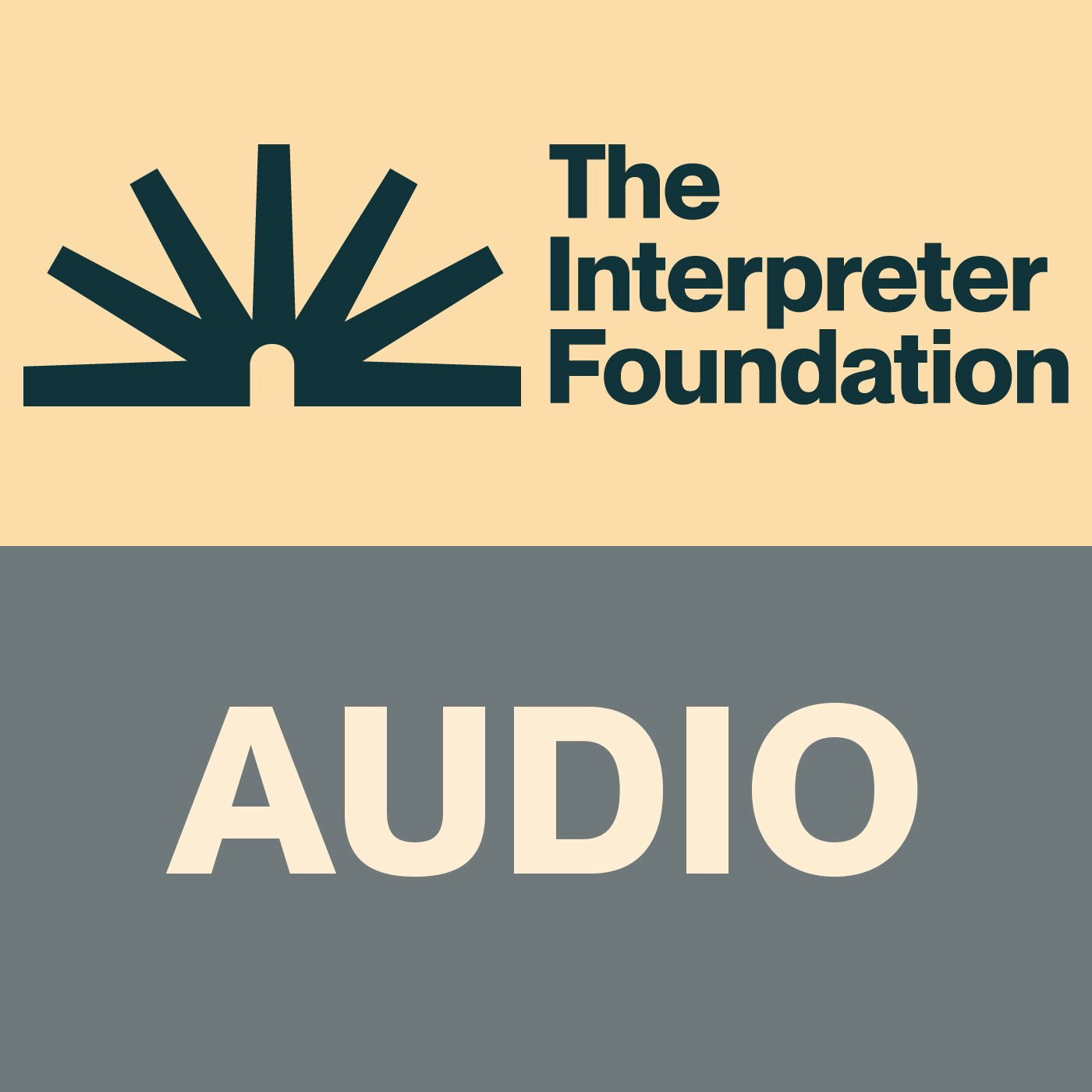“Behold, I Went to Hunt Beasts in the Forest”: An Addendum on Enos, Esau, and the Symbolic Geography of Seir
Description
Abstract: Enos’s use of the onomastic wordplay in the Jacob and Esau cycle enables him to meaningfully allude to the symbolic geography of those stories and incorporate it into his New World setting (e.g., allusions to the river Jabbok and Peniel/Penuel, the site of Jacob’s “wrestle” with the divine “man”). A third instance of this type of allusion occurs with Enos’s recollection that he “went to hunt beasts in the forest[s]” (Enos 1:3), which appears to subtly allude to Mount Seir, the forested hill country in the land of Edom inhabited by Esau and his descendants.
Three earlier studies, one by John Tvedtnes and Matthew Roper and two of my own, have attempted to detail the subtle and intricate ways in which Enos “likened” the Jacob-Esau cycle to himself in writing his autobiography.1 Tvedtnes and Roper demonstrated clear [Page 76]intertextual links between the Jacob-Esau cycle and Enos’s writings. My studies focused more specifically on Enos’s autobiographical adaptations of Hebrew names and words. For example, I examined “wrestle” (wayyēʾābēq, Genesis 32:24) as wordplay on the name Jacob (yaʿăqōb), the name of the patriarch and Enos’s own father, and the river Jabbok (yabbōq), near the site of Jacob’s “wrestle.” Also, I examined Enos’s use of his own name ʾĕnôš (“man”) as a poetic2 synonym of, and allusion to, the divine “man” (ʾîš) who “wrestled” with Jacob. I further suggested Enos, as “man,” echoes the God and “men” (ʾănāšîm) with whom Jacob “struggled” or “had power” (Genesis 32:28). Notably, ʾănāšîm is the common plural of both ʾîš and ʾĕnôš. Moreover, I noted that Enos as “man,” identifies him with both Jacob and Esau who are both characterized as an ʾîš of starkly contrasting kinds (see also further below). What follows here will be a short addendum to that previous work.
Enos, the son of Jacob, likens his autobiography to the story of his patriarchal ancestor Jacob and Jacob’s brother Esau in telling how he received the power of the atonement of Jesus Christ into his life (Enos 1:1–8). He then adds how he later procured covenant blessings and promises for his kindred (the Nephites, Enos 1:9–10) and ultimately for his estranged “brethren,” the Lamanites, who had become his enemies (Enos 1:11–18). Just as he “wrestled” and prayed for his own soul, he “struggled” for his kindred and his estranged brothers (Enos 1:10–11, 14).
Again, Enos, as a poetic Hebrew name, transparently denotes “man.” Enos introduces himself in his autobiography with the statement that his father was a “just man,” imitating the style of Nephi’s autobiographical self-introduction.3 He then recalls having a “wrestle . . . before God” (Enos 1:2), which recalls the mysterious “man” from Genesis 32 who “wrestled” Jacob.
In likening his ancestor Jacob’s “wrestle” at Peniel to himself, Enos (“man”) indicates that the “man”a id="footnote4anc" href="#footnote4sym" title="4.
More Episodes
Over the next three weeks for Come, Follow Me lessons 49 through 51, we have lecture 112 from Hugh Nibley’s Book of Mormon classes at Brigham Young University, covering Moroni 1-10.
During 1988, 1989, and 1990, Hugh Nibley taught Honors Book of Mormon classes for four semesters at Brigham Young...
Published 11/26/24
Published 11/26/24
Published 11/25/24


